Back pain is an umbrella term for various health issues. It is classified among the top three reasons behind disability in America and the foremost cause affecting work hours and productivity levels. This condition manifests itself variably; you might feel anything from minor cramps or a burning sensation to intense agony that could confine you to your bed.
No matter the age, all of us can have this unpleasant experience, whether from an accident like a fall or lifting something heavy, inflammatory diseases, or old age.
Back pain is commonly associated with a pulled muscle when you overstretch or tear your muscle by overusing or misusing it. Gradually developing back pain accompanied by stiffness may be a symptom of ankylosing spondylitis, a type of arthritis affecting your spinal joints and ligaments.
Suppose your back hurts, and you feel numbness or tingling in other parts of your body. That may be a sign of a slipped disc, which means that soft tissue cushioning vertebrae in a healthy spine is being pushed out from between the bones. In itself, it doesn't cause any pain, tingling, or numbness. Still, that tissue starts to press on nerves coming out of your spine and, by doing so, induces all of the symptoms.
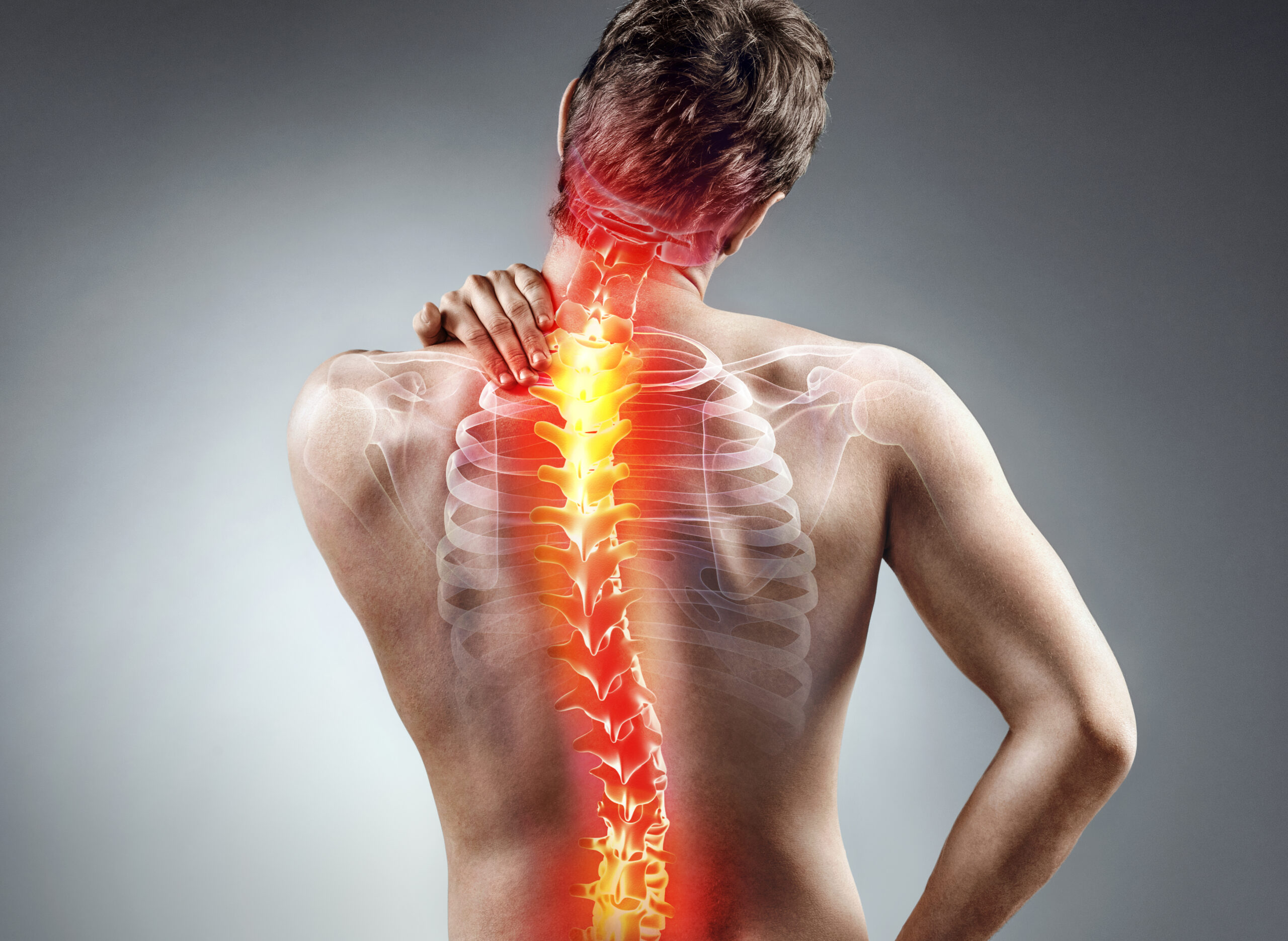
Neck pain is usually caused by poor posture, most commonly in people who spend most of their day behind a desk or due to an unhealthy sleeping position. Fortunately, it’s rarely severe at the start, and it’s usually reversible. Still, if left unchecked, it can lead to significant health problems such as headaches, depression, arm pain, muscle numbness, decreased muscle strength, or even partial loss of ability to use your hand.
It’s of utmost importance to practice proper posture, exercise upper back muscles, and adjust your sleeping position to prevent it.
Twelve vertebrae form the thoracic spine from the base of your neck to the bottom of your ribcage. All of those vertebrae have ribs connected to them, and the primary function of this part of your spine is to protect organs inside your ribcage.
There is not much force pushing on these vertebrae because your neck supports the weight of your head, so pain in this part of your back is way less common compared to neck and lower back pain. Nonetheless, soreness in this area affects some of us. It’s usually a result of an injury while lifting something too heavy or by doing so in an improper way.
It is described as pain between the edge of the ribs and buttocks. Almost your whole body weight is supported by this part of the spine and the muscles attached to it, so, unsurprisingly, most spinal problems refer to this area.
Limiting a person’s ability to move lower back pain causes them to withdraw from work activities and family life slowly, so it doesn’t only lead to physical disability. Still, it can also be a source of mental issues.
It is mainly caused by damage to bones building this part of the spine and muscles attached to them, such as fractures, overstretching, tearing, or, in sporadic cases, bone cancer. However, pain localized in the lower part of your back may be a symptom of some medical conditions unrelated to the spine, such as kidney stones or appendicitis.
Symptoms accompanying back pain include:
Back pain may be caused by:
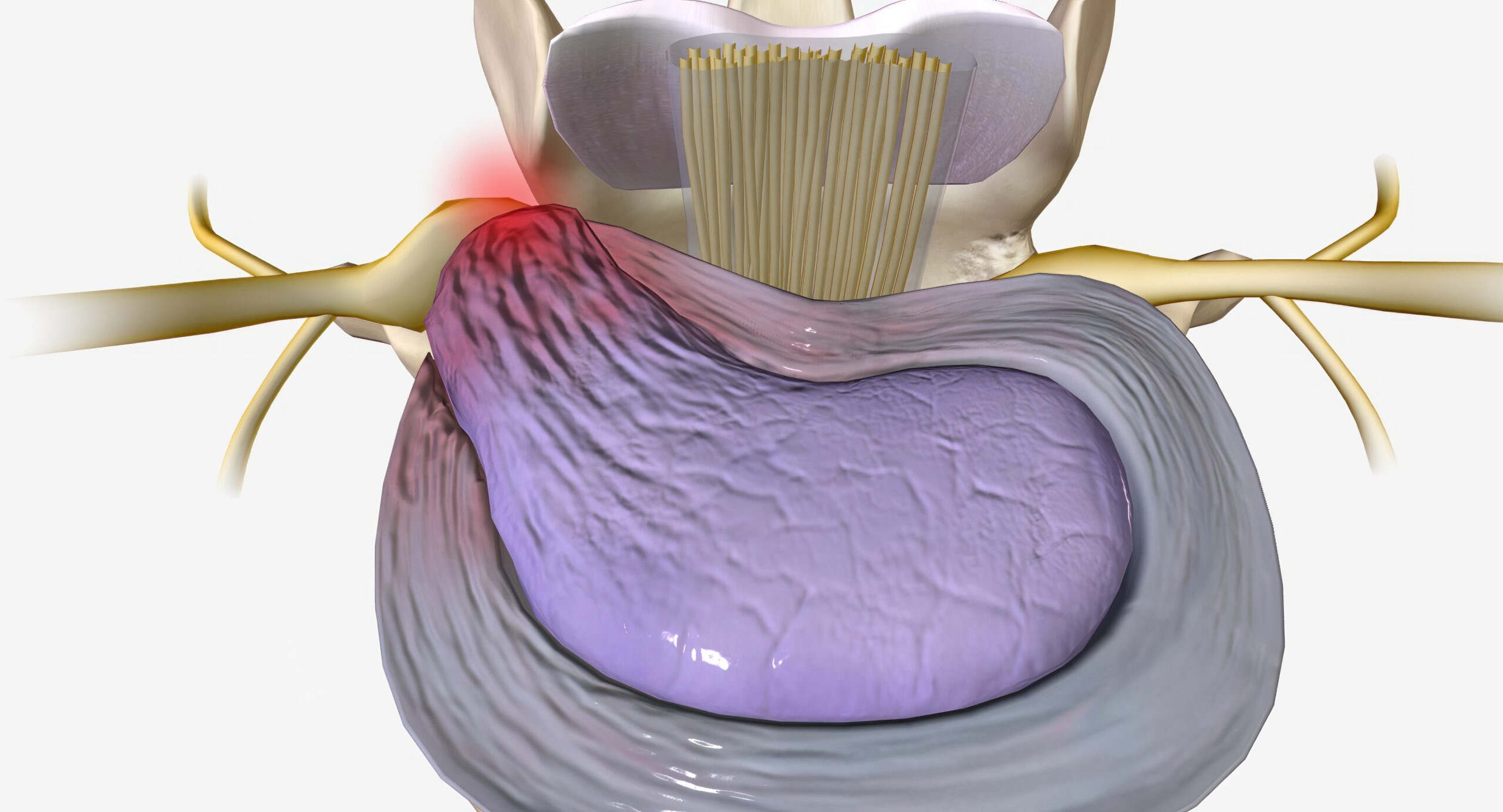
Back pain is extremely common. Most people will experience lower back pain at some point in their life. Research![]() suggests that the yearly chance of experiencing it for the first time in your life ranges between 6% and 15%. If you have experienced back pain the previous year, your chances increase to 25 to 80%.
suggests that the yearly chance of experiencing it for the first time in your life ranges between 6% and 15%. If you have experienced back pain the previous year, your chances increase to 25 to 80%.
Studies suggest that people usually experience back pain for the first time in their thirties, but of course, you can experience it earlier. Recurrence increases with age until the sixties and then actually goes down.
Chances of experiencing neck pain for the first time in your life range from 10.4% to 21.3%![]() and are significantly higher if your job requires you to sit behind a desk all day. Most studies suggest that women are at higher risk of developing neck pain and that this risk goes up with age and peaks at the age of around 45 years, after which it decreases.
and are significantly higher if your job requires you to sit behind a desk all day. Most studies suggest that women are at higher risk of developing neck pain and that this risk goes up with age and peaks at the age of around 45 years, after which it decreases.
Some people have higher chances of getting back pain than others. Risk factors include:
When presenting to your doctor with back pain, they will first check your posture. A healthy spine has three curves. In your neck, there is an inward curve called lordosis of 20-40 degrees, and the thoracic part of the spine curves outward at about a 20-40 degree angle, called curve kyphosis. The third curve of the spine is just above your buttocks, and it’s an inward 30-50-degree curve called lordosis.
Your doctor may use a tool called a goniometer to measure those angles. They will probably commission some imaging tests like X-rays, CT, or MRI to look for abnormal spine curvatures, bone spurs, damaged intervertebral discs, or tumors in your spine.
Electromyography (EMG) is a test that measures electrical activity in your muscles in response to stimulation. It may be used when your doctor suspects that the pain you are experiencing results from a pinched or abnormally functioning nerve. To thoroughly diagnose what causes your back to hurt requires a blood test to check levels of inflammatory markers like C-reactive protein (a protein released to your bloodstream in response to inflammation happening in your organism) or rheumatoid factors (RF), which skyrockets when you have rheumatoid arthritis.
You can take some steps to lower your chances of getting back pain. These include:
Contrary to what most people may think, rest isn’t your best option when your back hurts. Of course, a day or two may be needed when pain is unbearable, but long-term inactivity contributes to muscle stiffness, leading to even more pain.
It does not matter if you ever experienced back pain. Asking your physician, physiotherapist, or personal trainer about back-stretching exercises is a good idea, as studies suggest that proper workout and health education reduce the risk of an episode of lower back pain by 45%![]() .
.
As research proves, tobacco consumption highly increases your chances of experiencing back pain. Quitting smoking or even just reducing the volume and intensity of tobacco consumption significantly lowers those chances.
Obesity not only puts more strain on your back but also contributes to clots forming in your blood vessels, which leads to your intervertebral discs being malnourished, easy to crack, or collapse, worsening your spine’s ability to support your weight and leading to even more pain.
These are some good recommendations to keep in mind regarding posture:
Organize your workplace in a way that doesn’t unnecessarily strain your back and neck. The top of your monitor should be about 2-3 inches above your eye level, and the keyboard should be kept low enough so that you don’t have to pull your arms in front of you to reach it.
When you are looking at your phone screen, you are bending your neck, creating an unnatural curve for your spine that puts a lot of strain on vertebrae inside your neck and can damage them, causing you pain.
Stop wearing high heels as they dramatically increase the forward sway of your lower back, causing significant muscle tension in that region and leading to strains.
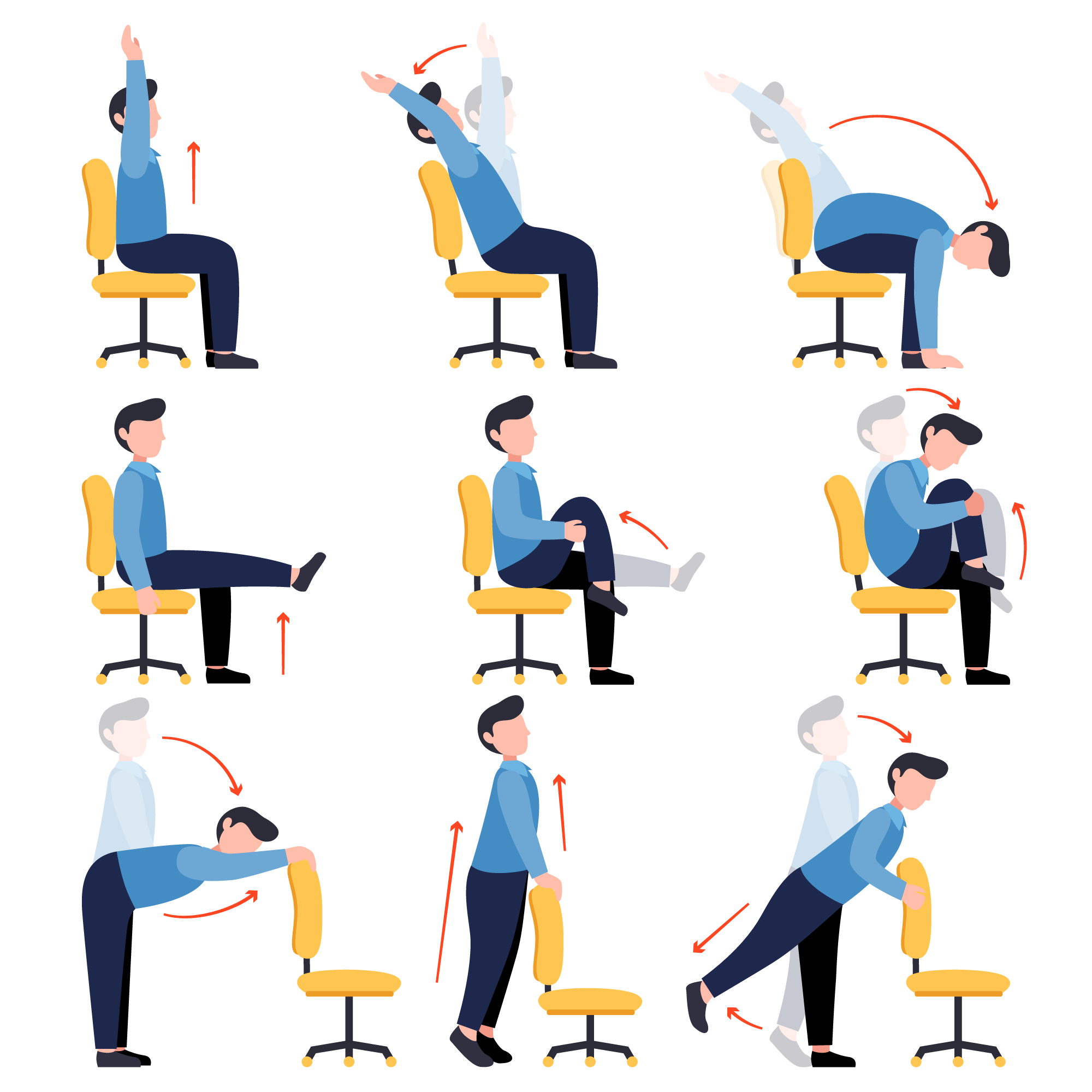
Complications of back pain may include:
Management of back pain depends on the type, severity, and cause of the pain, but the most commonly use methods are:
Discuss with your doctor what approach is best for you.
Table of Contents
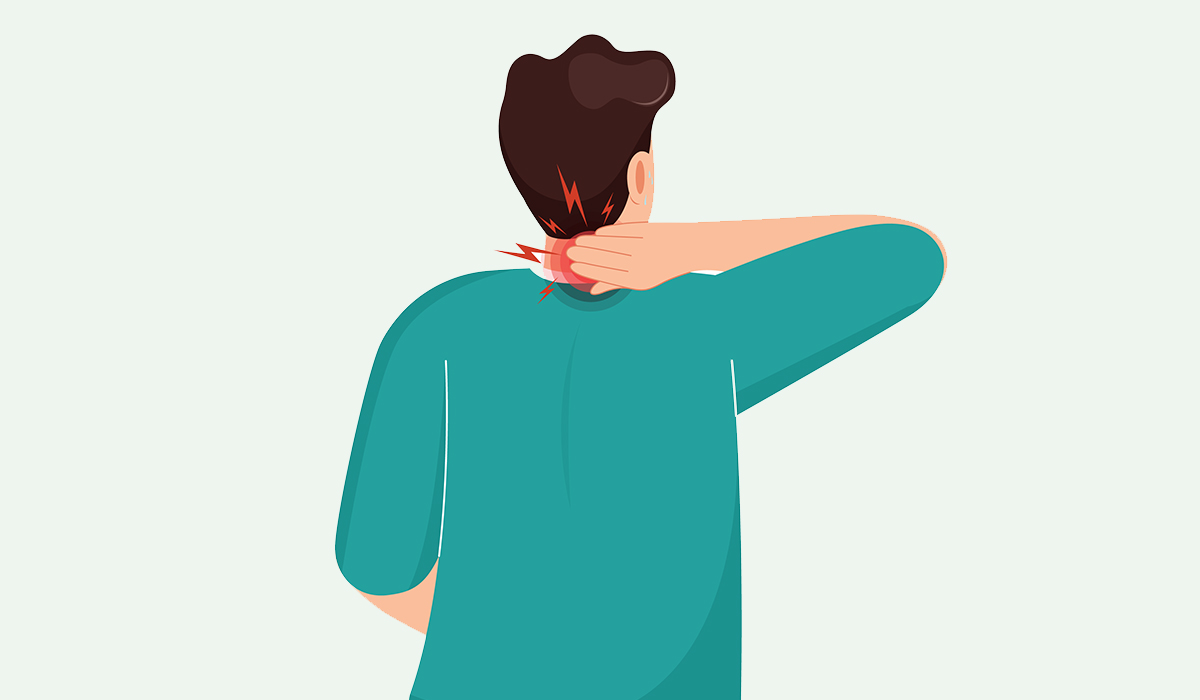
Spondylosis is a degenerative change in the spine that usually occurs with age. Find out how to recognize the disease… read more »
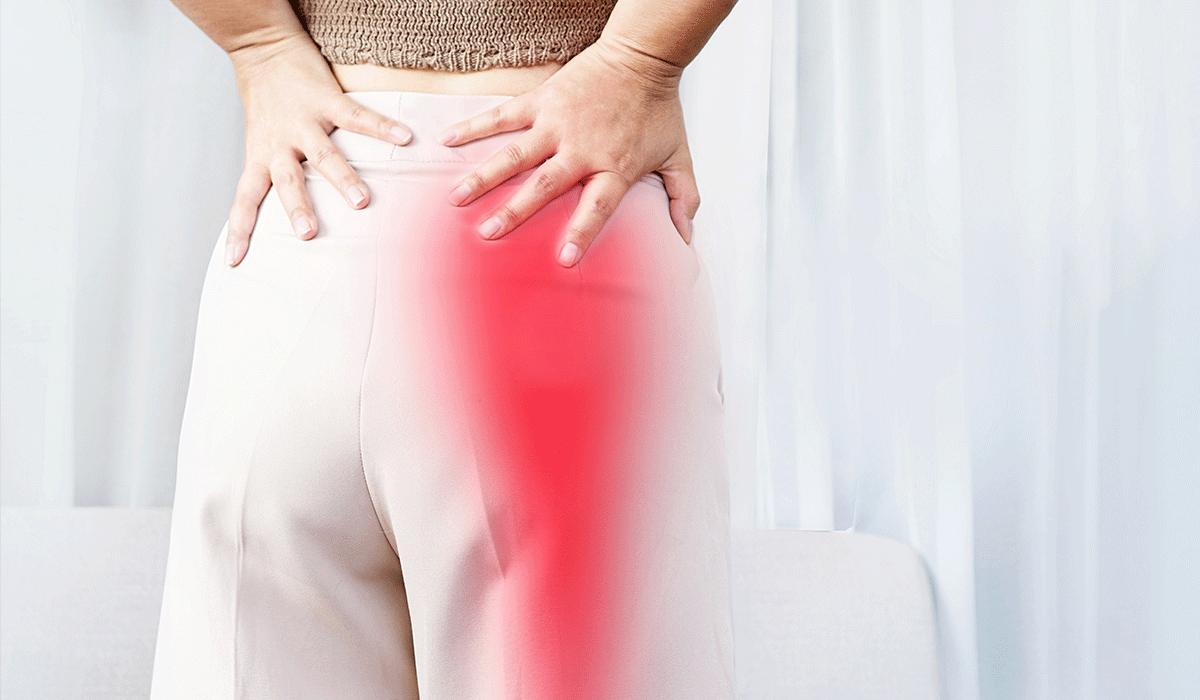
Sciatica is a set of symptoms resulting from irritation or damage to the sciatic nerve or its roots. How is… read more »
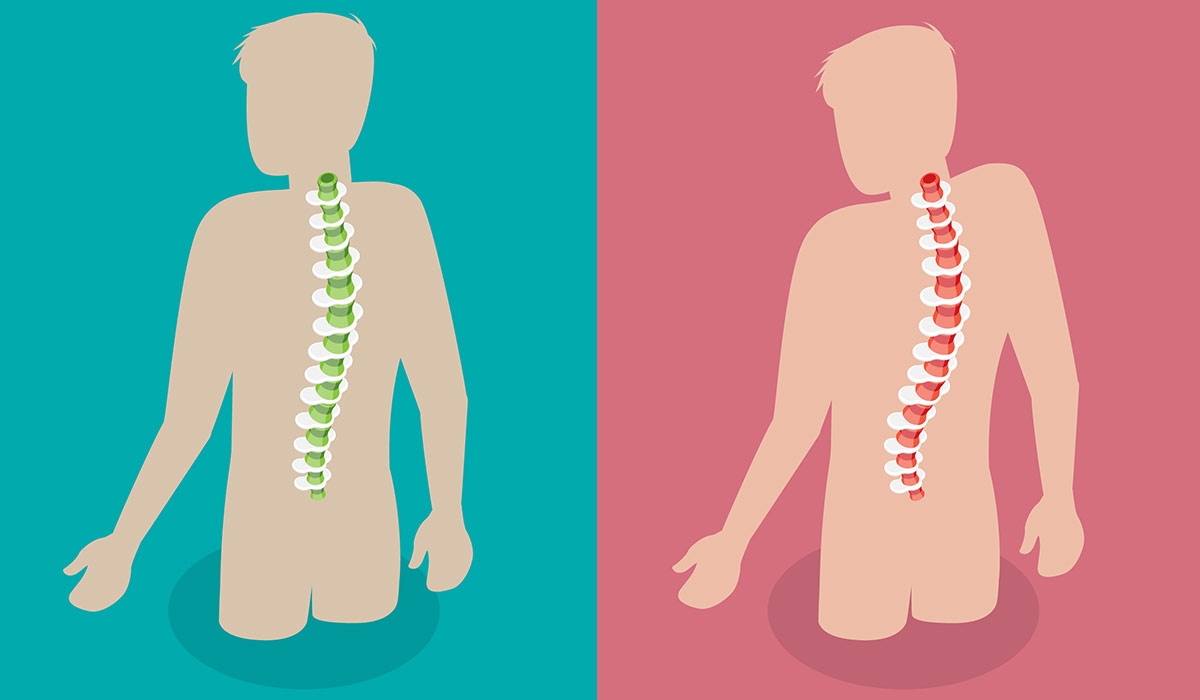
Scoliosis is a structural deformation of the spine that occurs in three planes. What are its causes and symptoms? What… read more »

Psoriatic arthritis is a long-lasting inflammatory disease of the joints in patients with psoriasis, which can cause joint destruction and… read more »
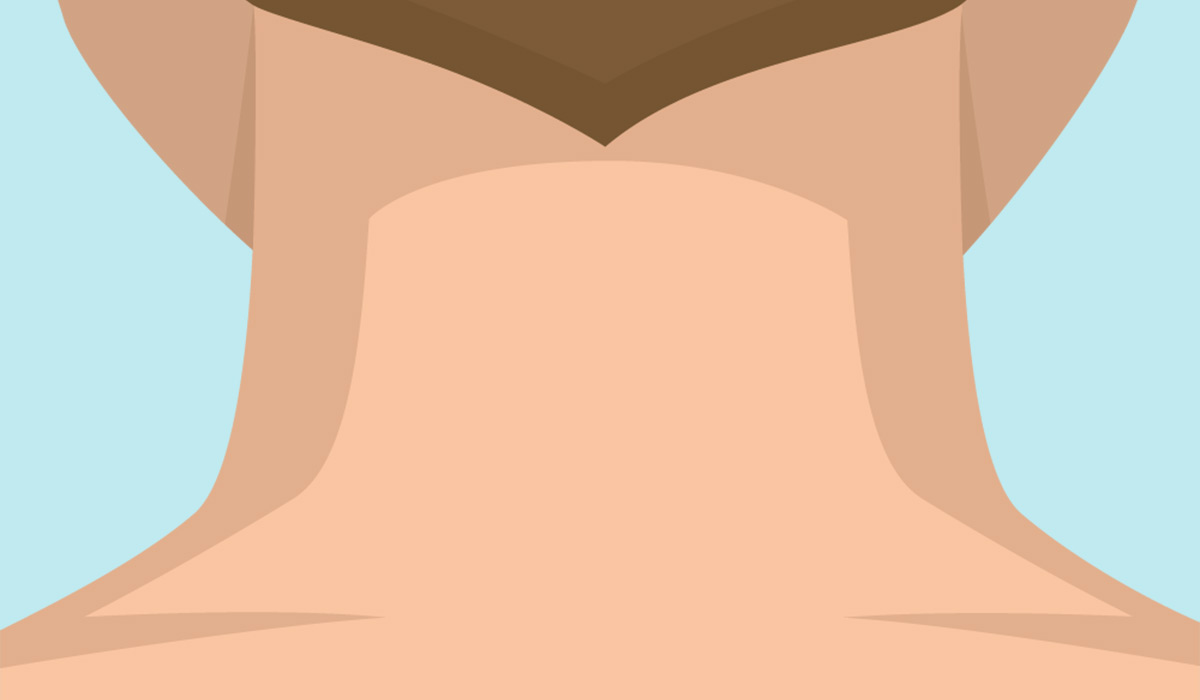
The neck can be defined as a complex yet essential structure comprising different systems that link the head to the… read more »
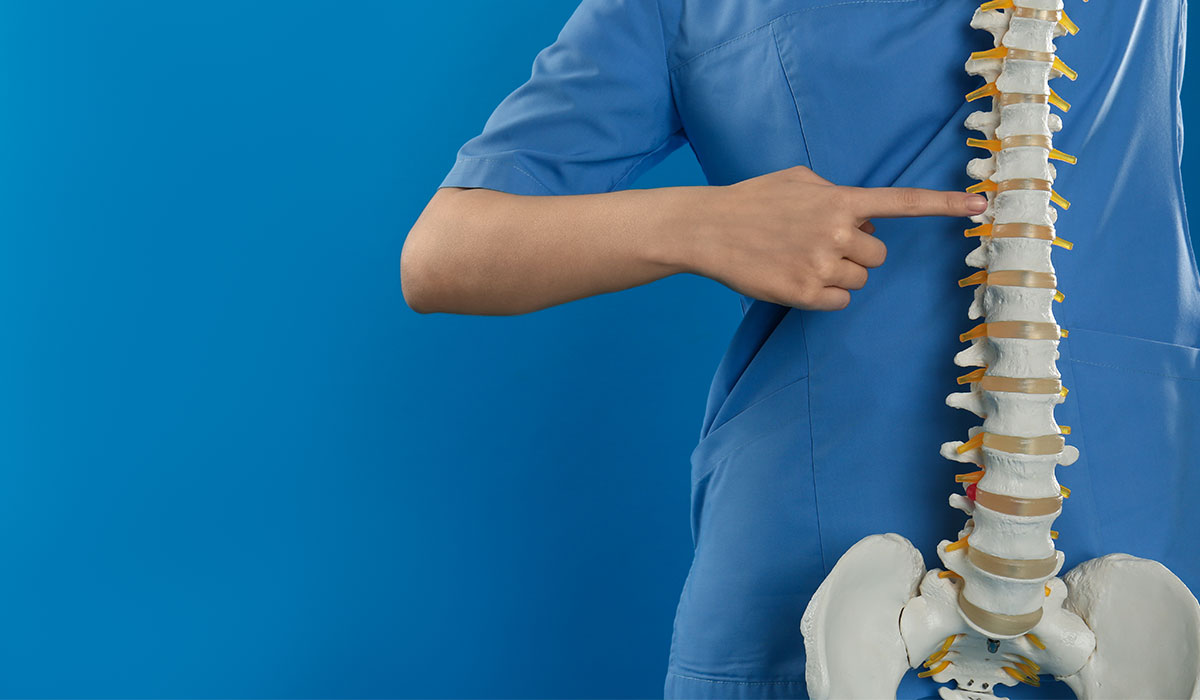
In layman's terms, anterolisthesis is often referred to as an abnormal alignment of the spine's bones. It is a condition… read more »

A stiff neck, moreover called cervical rigidity, is when your neck feels awkward and difficult to move. You might feel… read more »
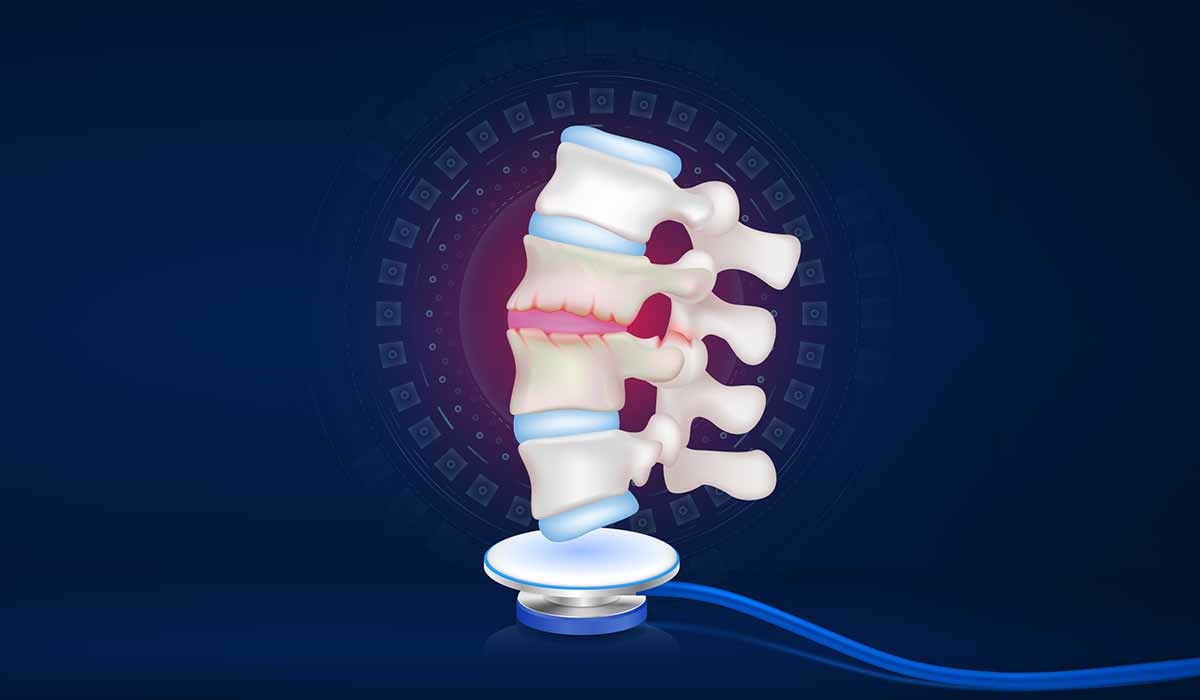
Ankylosing spondylitis (AS) is a chronic inflammation of the spine. How to recognize the onset of the disease? What to… read more »
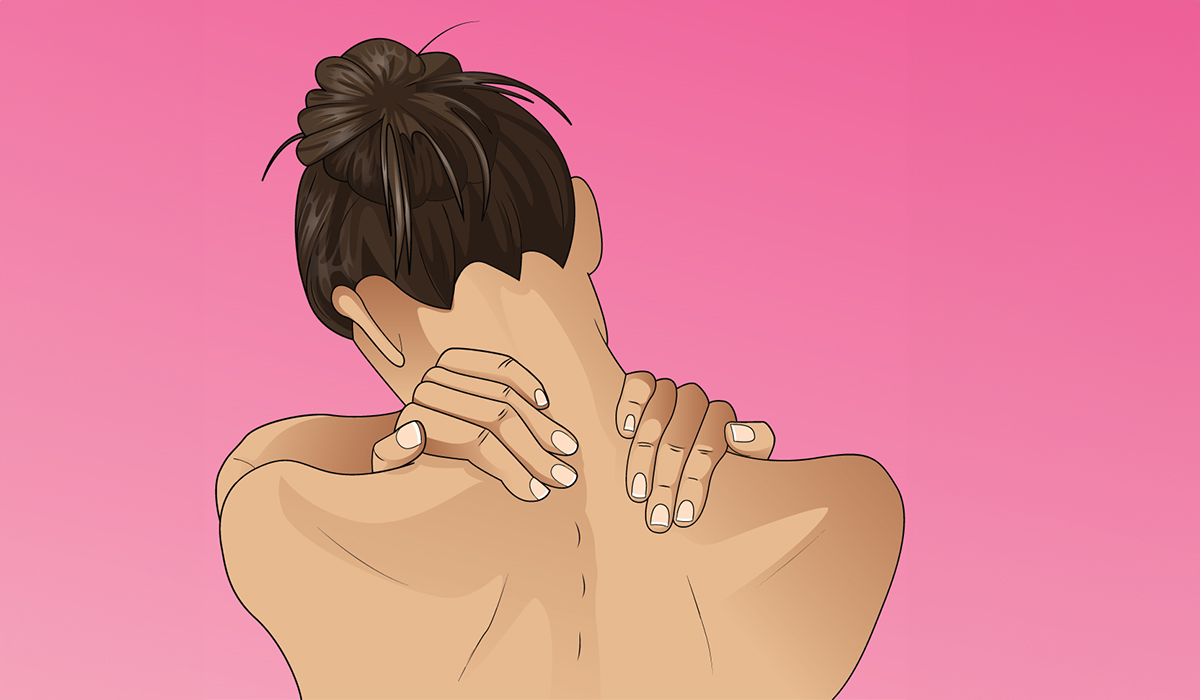
Neck pain, which a few individuals call cervicalgia, implies having distress or hurt feelings within the neck zone with bones,… read more »